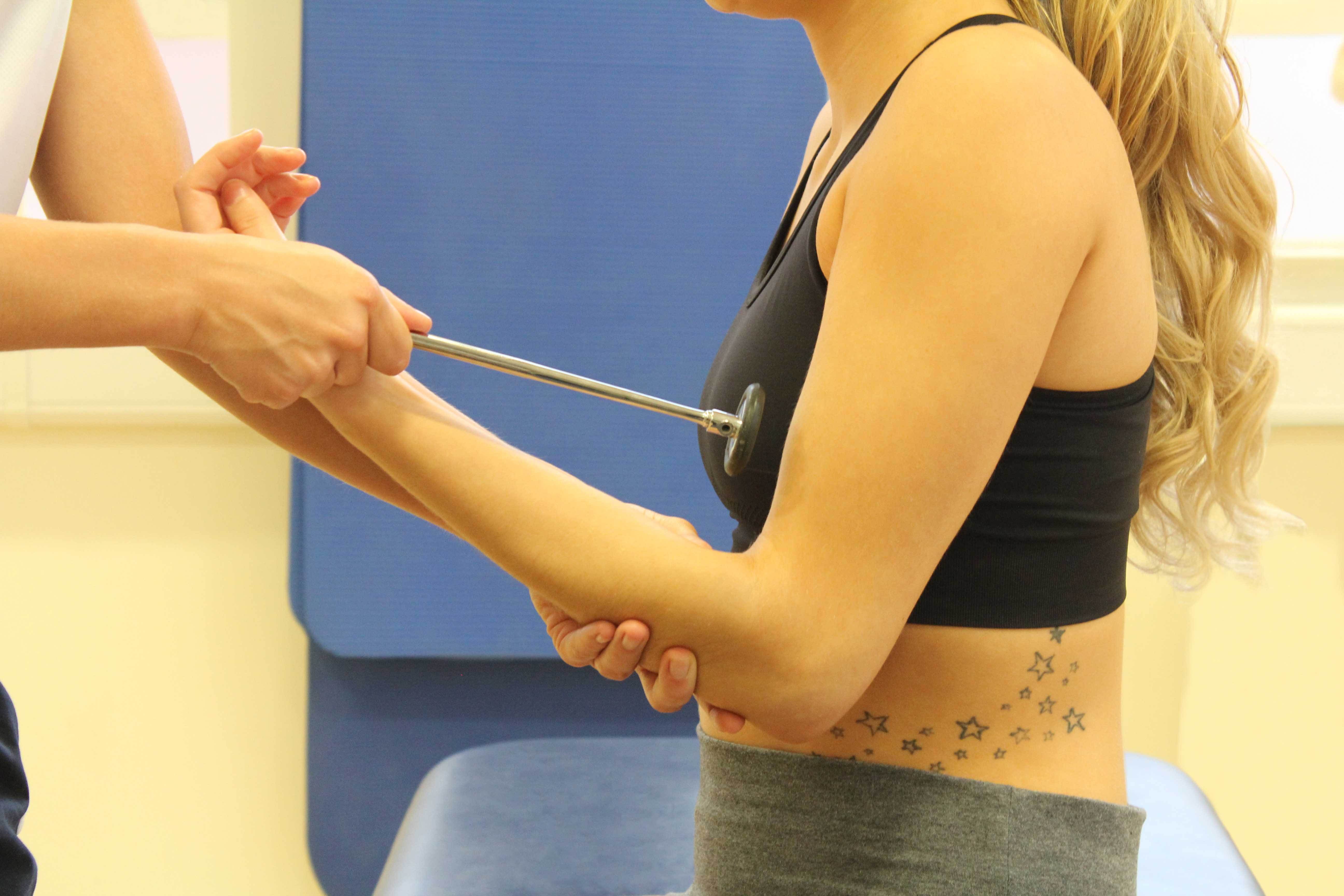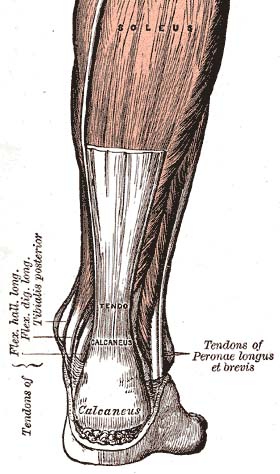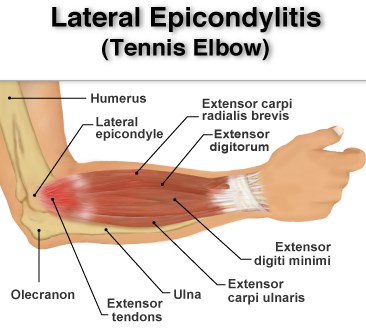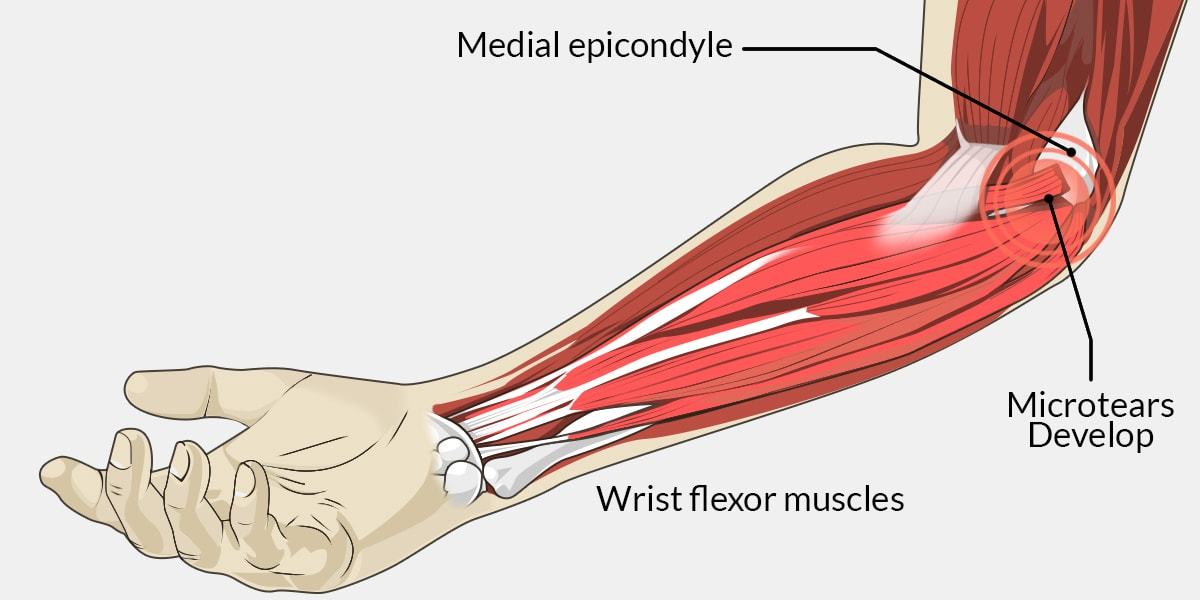|
BOOK NOW |
ASK ABOUT YOUR PAIN |
Home > Blog > Physiotherapy / Hand Therapy / TCM / Massage > Conditions We Treat > Tendon Injuries Physiotherapy, Hand Therapy, TCM & Massage
Tendon Injuries Physiotherapy, Hand Therapy, TCM & Massage

Tendons are very, very strong strings that connect muscles to bones - when muscles contract, the force goes through the tendon to the bones, resulting in movement!
At the same time, too much force (loading or repetition or both) can also damage the tendons, and damaged tendons are a real pain, because it causes pain with every single movement.
Here at Phoenix Rehab, we use the world’s best tendon recovery programs combined with treatments for quickest and complete tendon recovery.
Do note that every tendon is different, and each tendon injury will require a specifically different recovery program - unfortunately it's not like tendon A treatment is the same as tendon B or C - totally different.
It is critical you undergo the correct tendon rehabilitation program.
specific exercise therapy for tendon injury rehab and recovery
O'Neill et all (2018) reported that tendon injuries are better treated and managed through a range of motion strength training (isotonic strength training), which includes both concentric and eccentric components.
This type of strength training needs to be heavy at around
70-80% of X8 repetitions maximum and must be appropriate to the stage of
tendon injury recovery (a la not too heavy, not too light, just nice)
For achilles tendinopathies the most appropriate exercises needs to be done in either / both calf raise in
- seated and
- standing positions
Later these should be progressed to single leg variations with load and weight as your symptoms and strength allows.
Both of these exercises target the major calf muscles of the gastrocnemius and soleus in differing amounts. When appropriate in your Accelerated Rehabilitation program, your Physiotherapist will instruct you in specific eccentric* loaded exercises.
Patella Tendon recovery

Research for patellar tendon shows that isometric exercises can assist with pain reduction as it can have an analgesic effect.
The pain relief is achieved through reducing muscle inhibition which allows an increase in muscle strength training and there are also changes to the central nervous system (your brain) which helps to reduce pain (Rio et al 2015)
Our Physiotherapists will instruct you in the correct isometric exercises for your patella tendon and progressing through
- back to normal life / work
- back to sports
as your tendon assessment indicates your readiness and improvement.
Achilles Tendon recovery

The soleus and the gastrocnemius muscles are the two largest muscles of the calf.
They provide the most significant power for athletes who run, jump and change direction.
The gastrocnemius muscle is different - it crosses the knee and is more active in ankle movements when the knee is straight, and the soleus is more active when the knee is bent.
Both muscles are quite different in their function for push off and landing from a jump, but they both need to be very strong and work together to support patient's achilles tendon during life, work and especially for sport.
People with achilles tendon injuries have been found to have weaker calf strength as well as all other limb muscles in the affected leg compared to other people without tendon pain (O’Neill 2018).
For patients or especially athletes who don't have enough (or adequate) strength in their calf muscles, what happens next is that then their achilles tendon will be forced to take on more load.
This will damage the achilles tendon quickly and painfully.
Elbow tendon
&

‘Tennis elbow’ is caused by small tears in the extensor muscles and combined tendon of the forearm due to overuse of the muscles or minor injury. It can also occur as the result of a single, forceful injury.
Excessive and repeated use of the muscles that straighten your wrist and fingers can injure the tendons in your elbow and lead to tiny tears, near the bony lump on the outside of your elbow.

Golfer's elbow is the reverse side of tennis elbow - it's the small tears in the flexor muscles and combined tendons of the forearm due to overuse of the muscles or minor injury.
Usually due to excessive and repeated use of the muscles that bend your wrist and fingers can cause the tendon to breakdown or have multiple tiny tears.
Of course, it can also be caused by a single, forceful injury such as accidents, falls or blows.
Interesting facts associated issues with Tennis elbow

Neck joint tightness and Nerve pain into the elbow are frequently misdiagnosed.
Sometimes, the general “wear and tear” that occurs in the joints and bones of the spine can cause the nerves in the spinal cord to become tensioned and trapped.
It can cause pain that radiates from the neck to the arms, and sometimes also giving ‘pins and needles’, often over the outside area of the elbow and then into the second and third fingers.
This nerve pain is frequently misdiagnosed as Elbow tendon pain or “tennis elbow’
It is essential to undergo an accurate assessment of your neck to exactly determine which joints in your neck and too tight and to determine if the nerve of your neck is a possible source of your elbow pain.
Why do tendon injuries happen?
Frankly, tendon injuries and tendon pains are really common injuries and pains in most of the population, both men and women, young and old.
It's not reserved only for athletes or the very sporty, though they may get more tendon issues due to their lifestyle.
The thing is, tendons are the stuff that attach muscle to bones, and when your muscle contracts to transmit force and power across our joints, your bones move, which makes you walk, run, and jump.
Tendons most commonly become injured when there is a period of extra loading (forces and power) above and beyond what the tendon is used to.
These injuries are called Tendinopathies (pathology of the tendon) and they have been shown to have a continued cycle of reactive growth and degenerative changes (acute or chronic length of recovery; Cook and Purdam 2008).
Common Tendon Pain Symptoms
- Pain or stiffness in the area over the tendon
- Occasional loss of strength and movement in your joint
- Pain worsening when using the muscle group attached to the tendon
- Pain worsening at night and first thing in the morning